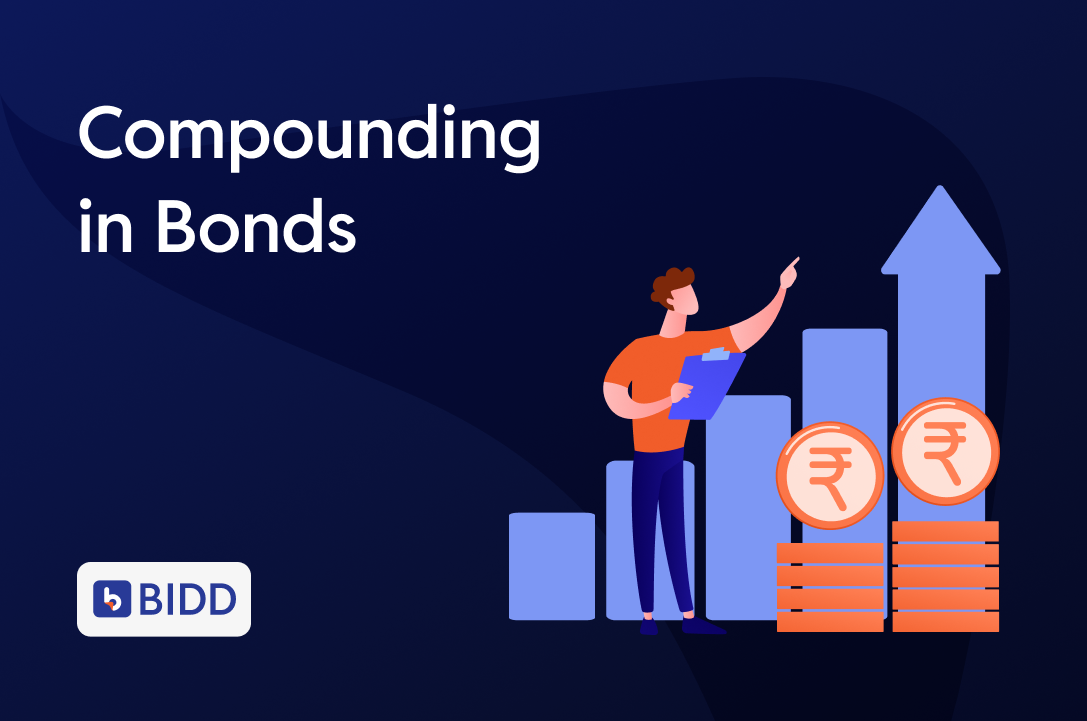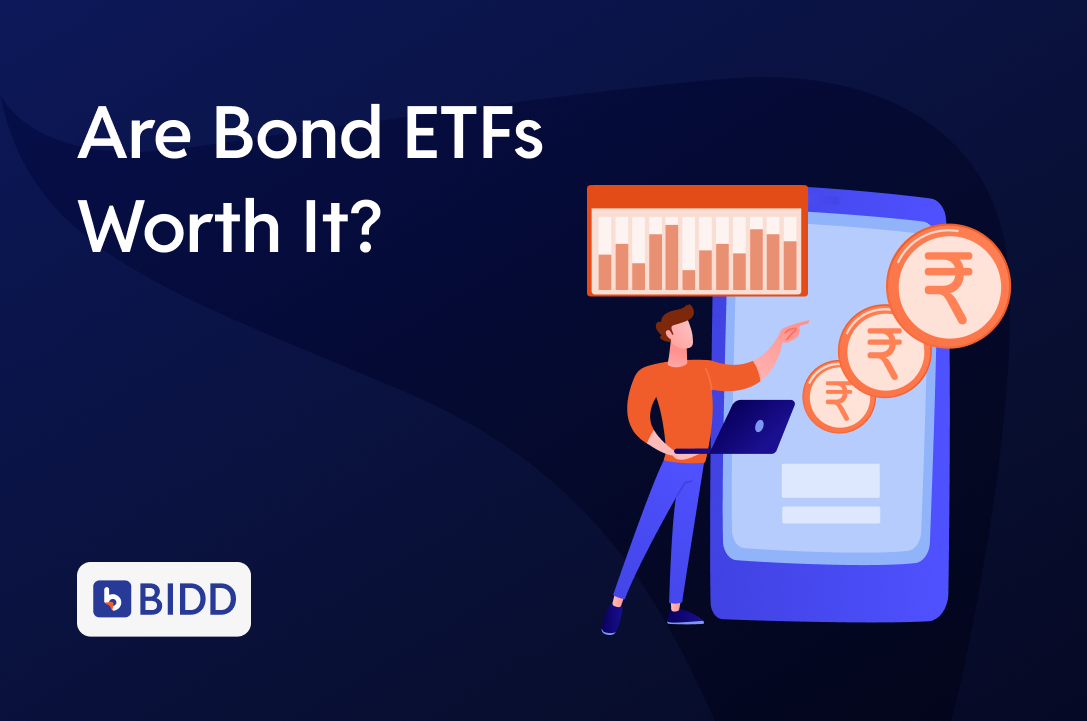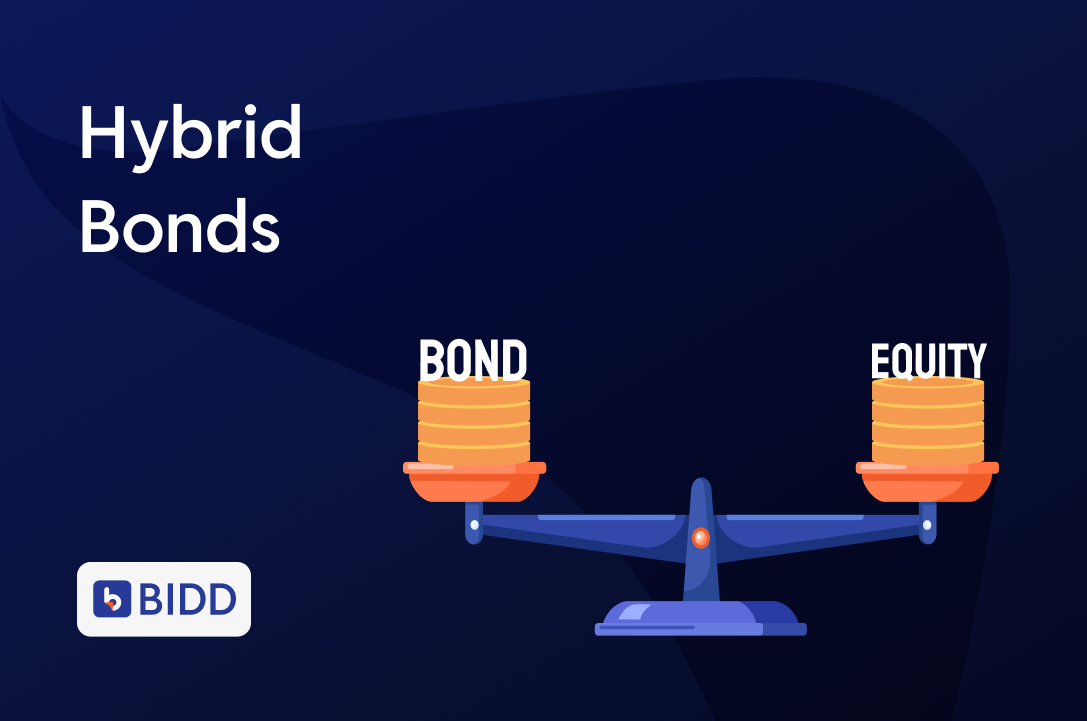The Truth Behind “Double Your Money” in Fixed Income
A Quick Question
You invest ₹1 lakh in a bond that pays 10% interest annually.
After 5 years, will you have:
₹1.5 lakh? ₹1.6 lakh? ₹1.75 lakh?
Or ₹2 lakh?
Compounding is supposed to double your money, right?
Let’s uncover the reality — and separate myth from truth.
What Is Compounding?
Compounding is earning returns on your previous returns.
Here’s how it works:
- Year 1: You earn ₹10,000 on ₹1,00,000
- Year 2: You earn ₹10,000 on your principal + additional earnings on the previous ₹10,000
- And so on…
Over time, your wealth snowballs — if you allow it to.
But in the bond world, there’s a catch.
Do Bonds Actually Compound?
Answer: Only if you make it happen.
Unlike fixed deposits, where interest is typically added back to the principal automatically, most bonds pay interest (coupons) periodically — monthly, quarterly, or annually.
What happens next is up to the investor.
Two Common Scenarios
Scenario 1: You Spend the Interest
- You receive ₹10,000 each year
- You spend it on expenses, travel, or lifestyle
- At the end of 5 years:
- Principal = ₹1,00,000
- Total Interest = ₹50,000
- Total Value = ₹1.5 lakh
This is simple interest. No compounding.
Scenario 2: You Reinvest the Interest
- You reinvest the ₹10,000 received every year into another bond or instrument
- Now, you start earning returns on returns
This is manual compounding — and it works.
Your final value after 5 years? More than ₹1.5 lakh.
Exactly how much depends on reinvestment returns.
How to Actually Compound in Bonds
1. Reinvest Coupons Yourself
You can redirect each payout into:
- Another bond
- Fixed deposits
- Liquid or short-term debt funds
Full control
Requires consistent effort and discipline
2. Opt for Cumulative Bonds (If Available)
Some bonds offer a cumulative option:
- No interim interest payouts
- Interest accumulates and is paid at maturity
Automatic compounding
Limited availability and low liquidity
3. Use Bond Platforms with Auto-Reinvestment Tools
Platforms like Bidd and others allow you to:
- Track coupon payouts
- Reinvest with a click
- Set up auto-invest features
Convenience
Passive compounding strategy
A Word About Taxes
Interest earned on bonds is taxable — usually as per your income slab.
So if you reinvest, you’re compounding post-tax returns.
Still worthwhile — just manage expectations.
Real-Life Example
Bond A
- Investment: ₹1,00,000
- Coupon: 10% per annum
- Each ₹10,000 is reinvested at 9% return annually
After 5 years: ~₹1.59 lakh
That’s ~₹9,000 more than just collecting payouts.
Same investment, smarter execution.
So… Is Compounding in Bonds a Myth?
Not a myth — but not automatic either.
- Bonds do not compound by default
- Compounding is a decision and a strategy
You must actively reinvest to unlock its potential.
Quick Recap: Compounding in Bonds
| Scenario | Outcome | Compounding? |
| You spend the interest | Simple returns | No |
| You reinvest the interest | Earnings on earnings | Yes |
| You buy cumulative bonds | Interest builds internally | Yes |
| You ignore the coupons | Lost potential | No |
Final Thoughts
Compounding in fixed income is not a default feature — it’s a choice.
Before buying a bond, ask yourself:
- What will I do with the interest?
- Do I have a plan to reinvest?
- Am I building long-term wealth — or just collecting payouts?
Because in bond investing:
It’s not just about what you earn — it’s about what you do with what you earn.
Be a compounding investor. Your future self will thank you.
Disclaimer: This blog is intended solely for educational and informational purposes. It should not be construed as investment advice, a recommendation, or an offer to buy or sell any financial products. Please consult a registered financial advisor before making any investment decisions.




